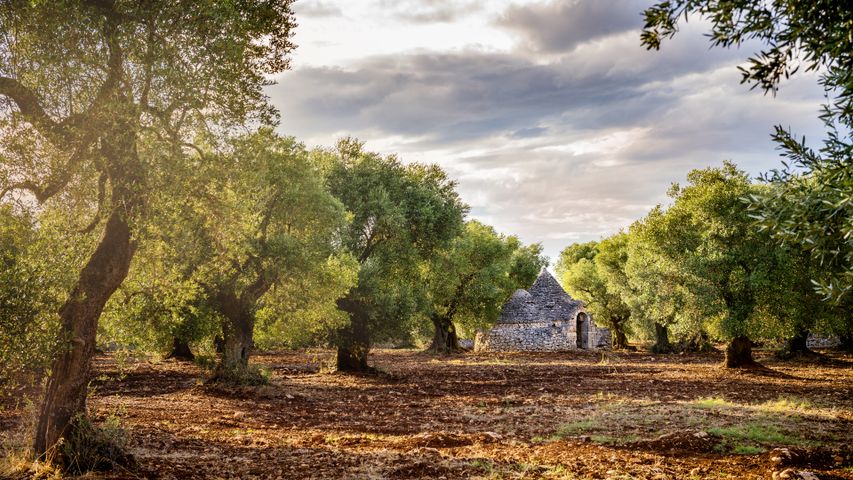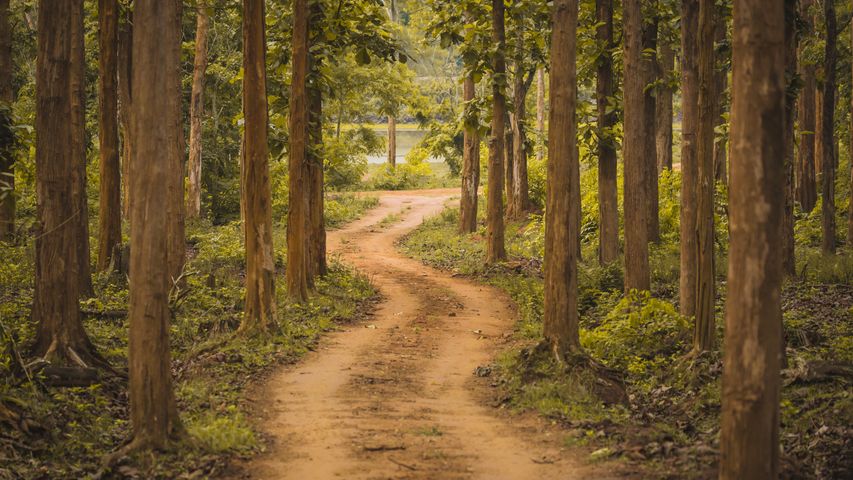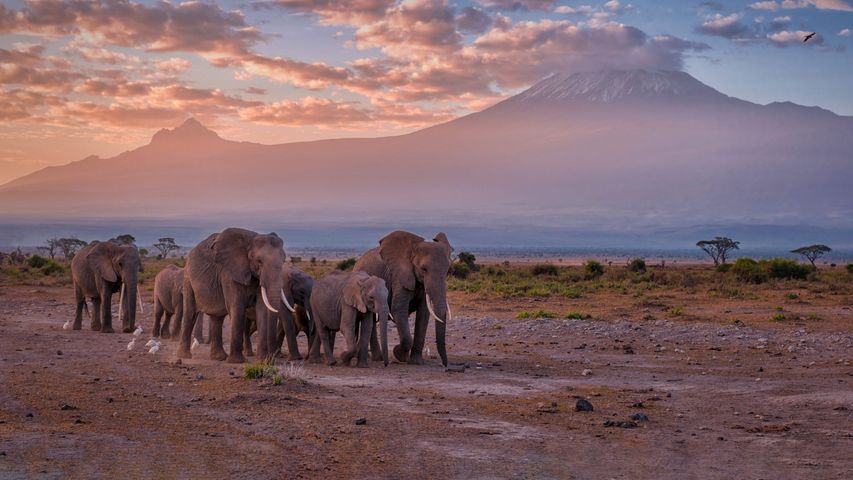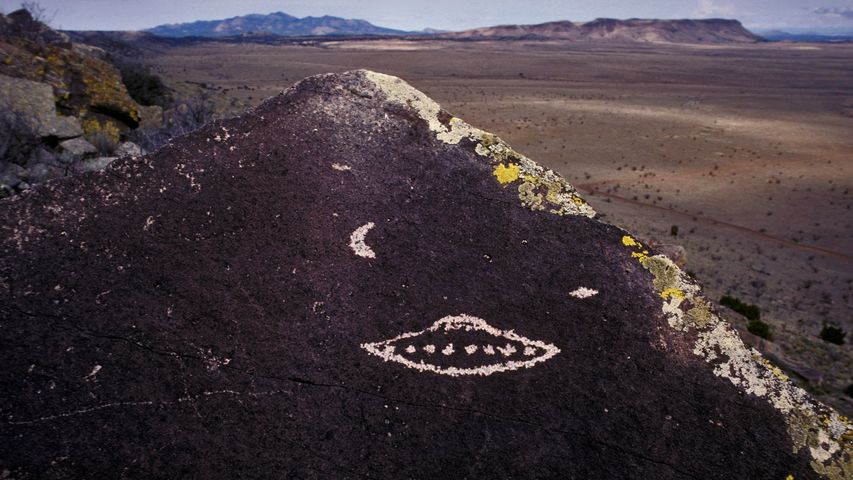Olive grove, Valle d'Itria, Puglia, Italy
© Massimo Santi/Shutterstoc
Many centuries of olive trees. Olive grove, Valle d'Itria, Puglia, Italy
Today, we're not just offering you an olive branch—we've got the whole tree. Olive trees were first cultivated in the eastern Mediterranean around 8,000 years ago. From there, they were spread to the Greek islands and mainland by the Phoenicians, then further afield, reaching Spain and the western edge of the Mediterranean by around 1000 BCE. The olive branch has been a symbol of peace since ancient times, and olive trees have been grown for their oil, wood and fruit for millennia. The southern region of Puglia in Italy, seen here, has an estimated 60 million olive trees and produces about 40% of the country's olive oil. The region has been producing olives for centuries. The oldest olive tree in Puglia, and one of the oldest in Italy, is thought to be almost 4,000 years old.
In India, olive farming is mainly concentrated in Rajasthan. The crop isn't indigenous to the region, but cultivation began in 2007 when olive saplings were brought from Israel and planted in the Thar Desert. The state embarked on commercial production in September 2013. By that time, more than 144,000 olive trees had been planted across nearly 2.6 square kilometres of both public and private land in the state.

 Nalanda mahavihara, Bihar
Nalanda mahavihara, Bihar
 Bathing huts on the beach in Skåne County, Sweden
Bathing huts on the beach in Skåne County, Sweden
 A young jaguar on a riverbank, Pantanal, Brazil
A young jaguar on a riverbank, Pantanal, Brazil
 Bavarian Forest wine cellar, Germany
Bavarian Forest wine cellar, Germany
 Blooming wild garlic, Hainich National Park, Germany
Blooming wild garlic, Hainich National Park, Germany
 Nagarhole National Park in Karnataka, India
Nagarhole National Park in Karnataka, India
 Elephants near Mount Kilimanjaro, Amboseli National Park, Kenya
Elephants near Mount Kilimanjaro, Amboseli National Park, Kenya
 Rock art near Santa Fe, New Mexico
Rock art near Santa Fe, New Mexico




